Top 5 Home Loan Benefits for Women in India 2024
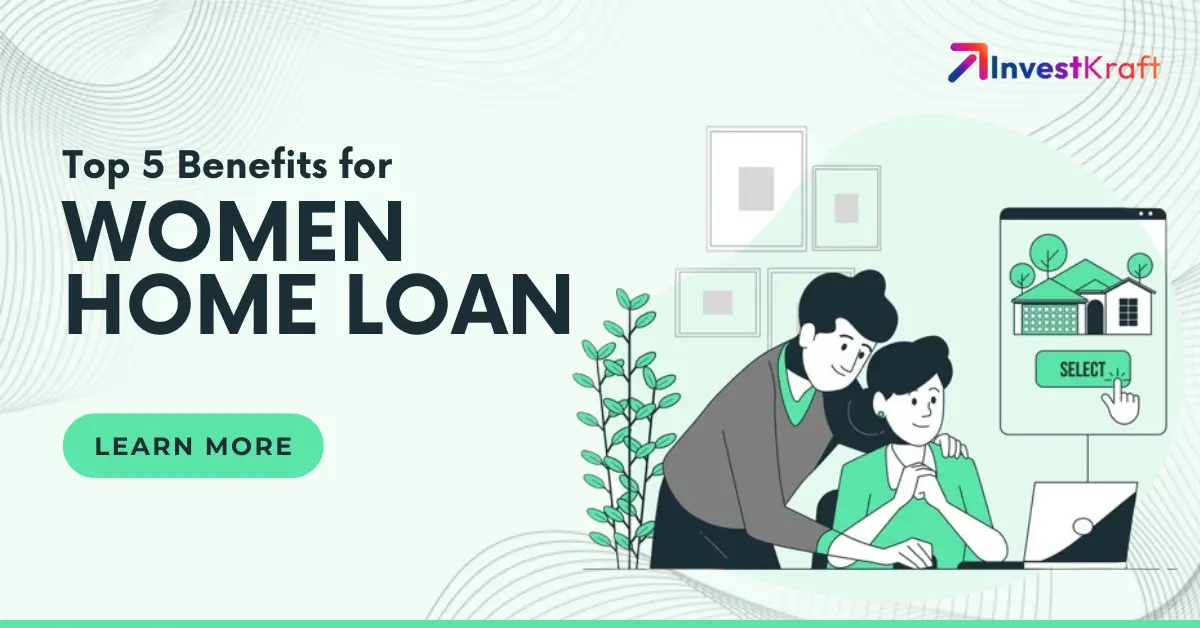
For many of us, purchasing a home is an emotional and once-in-a-lifetime choice. We borrow money, spend the majority of our savings, and agree to monthly repayments for this. These ties could be maintained for a very long time. We often overlook the cost-saving opportunity that is there in front of us when negotiating processing fees and interest rates with financial institutions. Being qualified for a larger loan amount so that one can comfortably choose one's ideal property and getting a home loan approved and disbursed swiftly are some of the main worries of every borrower seeking a home loan. Fortunately, there is a method by which one can take action to somewhat lessen these worries as well.
Women now have a significant role in purchasing a home in modern times. An increasing number of women are working full-time jobs or starting enterprises and are no longer financially dependent on their fathers or spouses. As a result, many of them can make comparable financial contributions to home loans as their husbands. If a woman takes out a home loan, she can benefit from numerous benefits. We'll examine a few of the noteworthy ones to demonstrate why it makes sense to always include a woman in the borrower pool when applying for a home loan.
Let’s look at all the top 5 major benefits of home loans for women in the following section of this post.
1. Interest Rates
Several banks and home finance organizations provide women with lower home loan interest rates than those provided to male borrowers to support women's home ownership and to help women borrowers of home loans. There could be a discrepancy of between 0.05 and 0.1%.
Thus, if a guy takes out a home loan with an interest rate of 6.75 percent annually and his spouse is a co-applicant and co-owner of the property, the interest rate may drop to 6.65 percent annually.
Even a tiny change over time can result in a significant reduction in the Equated Monthly Instalment (EMI) amount. Since every lender provides female borrowers with a different interest rate, it's a good idea to evaluate them all and choose the lender with the lowest rate.
2. Repayment Tenure
Lenders frequently provide lengthier loan repayment terms to primary female applicants for house loans.
It may last up to 30 years, depending on the lending organization, or until the borrower turns 70 years old, whichever comes first. This might be 20 years old for male borrowers or 65 years old, whichever comes first. This implies that a man can obtain a combined repayment tenure of 25 years instead of a single repayment tenure of 20 years if he takes out a home loan as the principal borrower and names his wife as a co-applicant.
3. Tax Benefits
If you purchase a home and a woman co-owns or co-applies for a home loan, you will be qualified for a tax refund. All co-borrowers as joint owners of the self-occupied property are eligible for a tax deduction benefit of up to Rs 1. 5 lakh on the capital repaid and an extra Rs 2 lakh on the interest paid, per Sections 80C and 24(b) of the Income-tax Act, 1961.
If she has a separate source of income and you two are co-owners of the property, you can claim separate tax allowances.
4. Interest Subsidies
The government, along with banks and other financial institutions, has implemented several programs, waivers, and interest subsidies to support and assist female homebuyers.
It is required under the government's Pradhan Mantri Awas Yojana (Urban) (PMAYU) that the female head of the family owns or co-owns the property. The maximum subsidy that can be obtained when a woman co-owns a home is Rs 2.67 lakh.
In addition, female borrowers who fall under the Lower Income Group (LIG) and Economically Weaker Sections (EWS) categories, including widows and unmarried women, are qualified for a 6.5 percent subsidy on loans up to Rs 6 lakh.
5. Stamp Duty
Many state governments offer a Stamp Duty discount on the purchase of a home to encourage women to become homeowners.
Stamp duty is a tax that must be paid when buying real estate. It typically ranges from 5 to 7% of the property's agreed-upon value. Each state has a different rate. A sizeable portion of the down payment needed to purchase a home, which consists of a 5-7% state stamp duty and a 10–25% down payment depending on the loan amount, is made up of stamp duty.
Therefore, some state governments grant this Stamp Duty reduction to women property buyers to lessen the financial strain on the buyer.
Certain measures have been created by the Indian government for women and joint borrowers. The information provided above emphasizes the benefits of taking out a house loan in the name of a woman or conjunction with another person. The decision streamlines the entire approval procedure in addition to making obtaining a house loan simple. Reducing the burden of EMIs can be achieved by involving the women of the house when taking out a home loan. Apart from that, it's a big step in the direction of women's emancipation.
FAQs
Q. How can I repay the home loan?
- Every house loan repayment is made through the customer's bank account as an EMI (Equated Monthly Installment). For the bank to release the loan, the consumer must sign an ECS mandate and provide a few postdated checks (PDCs).
Q. Can I take a home loan for home renovation?
- Yes, of course. It is very easy to avail a home these days for home renovation.
Q. Can I prepay a home loan?
- You can prepay your loan, yes. There won't be any prepayment fees associated with the fluctuating interest rates for this. Charges, however, will be imposed at a certain interest rate.
Q. What should my minimum age be to get a home loan?
- Your minimum age should be 23 and the maximum age limit is capped at 65.
Related Posts;
- Tax Benefits on a Home Loan For an Under-Construction Property
- Get a Home Loan without Income Documents
- 7 Benefits of Taking Home Loan
- Benefits of Refinancing Home Loan
- Home Loan Benefits For Ladies
- Get a Personal Loan for a Woman
- Complete Guide to Home Loans in India
Verify Phone Number
Related Post
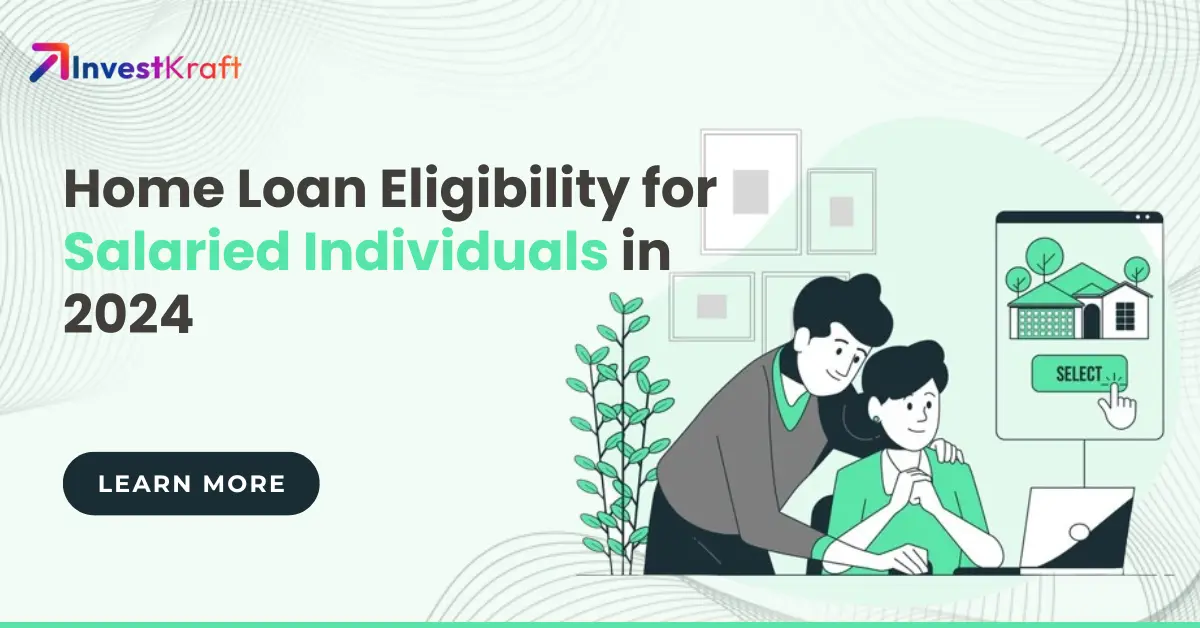
A Comprehensive Guide to Home Loan Eligibility for Salaried Individuals in 2024
When purchasing a new home, the costs involved can be quite high, necessitating the need for a home...
Read more...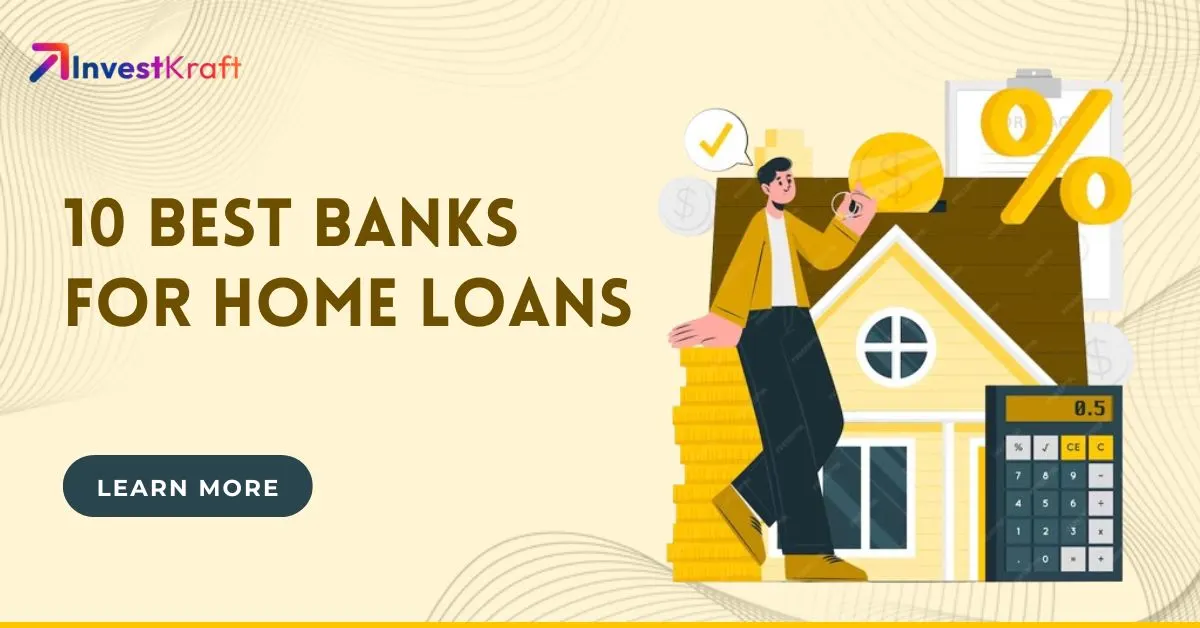
Top 10 Best Banks for Home Loans
Looking to buy your first home? The process can be thrilling, tiring and a bit scary, especially in...
Read more...
10 Factors To Consider While Choosing Home Loan Balance Transfer
We have different needs and financial requirements in life for which we often apply for loans. Among...
Read more...
Home Loan Balance Transfer: Your Complete Guide to Saving on Interest Rates
Are you feeling the weight of your home loan stretching out over the years? Whether you're already i...
Read more...
Role of Credit History in Home Loan Approval and Interest Rates
A house-buying endeavor requires a significant investment from the lender as well as the buyer. As a...
Read more...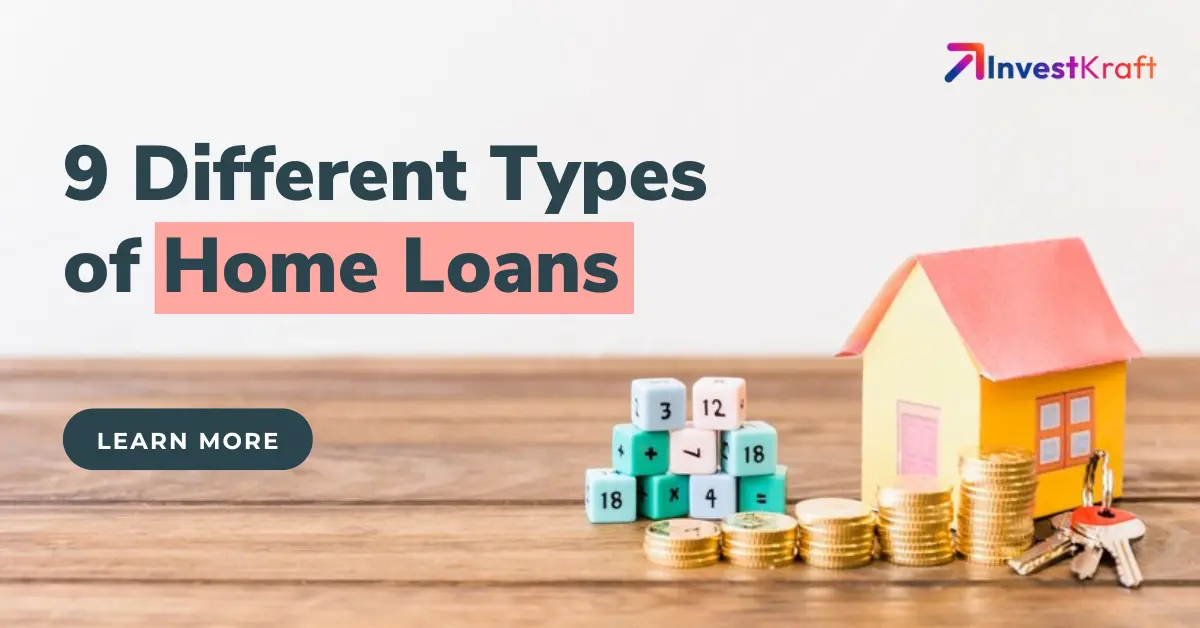
9 Different Types of Home Loans Available in India 2024
Everyone wants to own a home at some point in their lives. Everyone aspires to own a home since it i...
Read more...
10 Tips for First-time Home Buyers in India 2024
Buying a home is not just one of the biggest but also complex decisions in one’s life. This is why i...
Read more...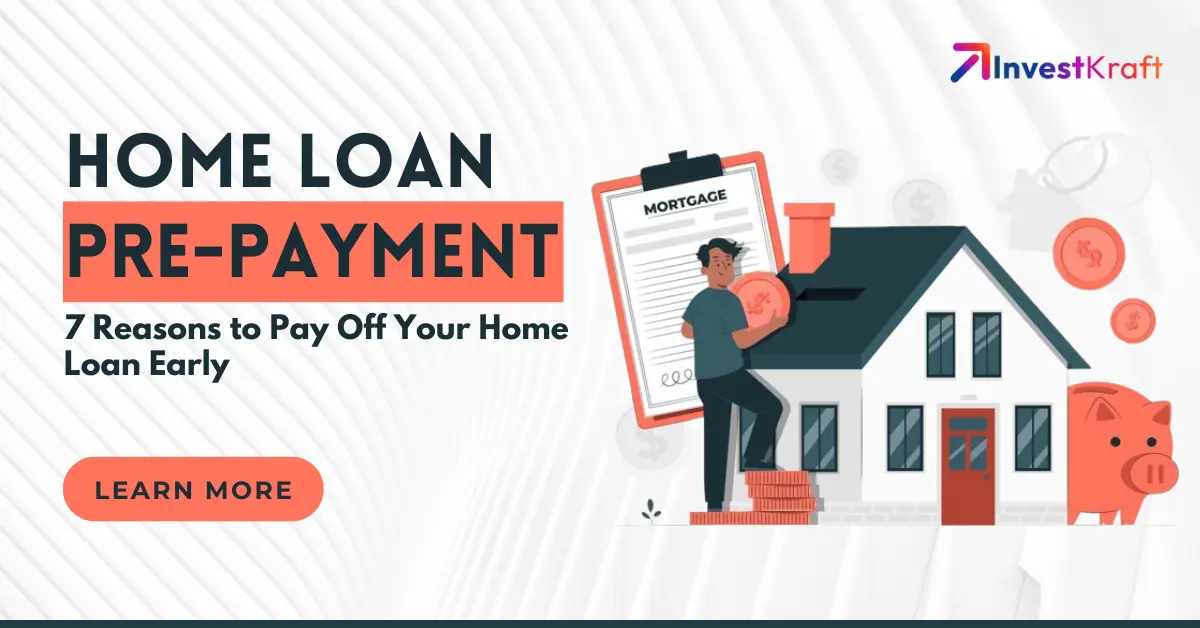
7 Major Benefits of Closing A Home Loan Early
Lenders have ceased to charge foreclosure fees to clients with house loans that contain variable int...
Read more...
Top 5 Home Loan Benefits for Women in India 2024
For many of us, purchasing a home is an emotional and once-in-a-lifetime choice. We borrow money, sp...
Read more...
Guide To Tax Benefits on a Home Loan For an Under Construction Property
Tax Benefits on a Home Loan for an Under Construction Property, Over the past few years, there...
Read more...Reach out to our Experts if you have any Doubts
Like the best things in life, Consultations @InvestKraft are free
Drop a Mail or give us a Missed Call & Begin your Investment Journey here







